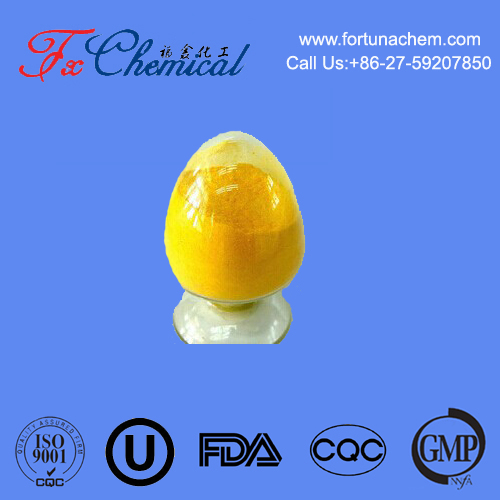
Search

Search



Litmus is a water-soluble dye that is primarily used as a pH indicator to test the acidity or alkalinity of a solution. It is derived from lichens, primarily the species Roccella tinctoria and Lecanora tartarea, and has been used for centuries. The most common use of litmus is in litmus paper, which changes color when exposed to acidic or basic solutions.
Here are the key points about litmus:
Litmus is a complex mixture of dyes that typically contains several related compounds.
It is soluble in water and can exist in a red or blue form, depending on the pH of the solution it is in.
Litmus, primarily used as a pH indicator, has several important applications across various fields, especially in chemistry, biology, environmental science, and education. Here are the main applications of litmus:
Basic pH Testing: Litmus is widely used in laboratories to test whether a solution is acidic or alkaline. Litmus paper (red and blue) is commonly used for quick and easy tests, particularly in educational settings to teach students about acids and bases.
Acid-Base Titrations: In acid-base titrations, litmus is used as a simple indicator to detect when the neutralization reaction has occurred. It changes color at the equivalence point when the pH shifts from acidic to neutral or neutral to basic.
Soil pH Testing: Litmus paper can be used to measure the pH of soil in agriculture and environmental studies. Knowing the pH of soil helps in understanding its suitability for different crops or plants, as certain plants thrive in acidic or alkaline soils.
Water Quality Testing: It is used in monitoring the pH of water bodies, such as rivers, lakes, or ponds, to assess the health of ecosystems. Water pH affects the solubility of nutrients and the toxicity of certain compounds, so litmus helps determine if the water is acidic or alkaline.
Litmus paper is frequently used by hobbyists to monitor the pH levels of aquarium water. Certain species of fish and aquatic plants require specific pH ranges to thrive. Keeping track of pH ensures the water remains suitable for aquatic life.
Food Production: Litmus paper can be used in food manufacturing to check the pH of ingredients or final products. The pH level can affect the taste, texture, and preservation of food, so it’s an important part of quality control in the food industry.
Cosmetics and Personal Care: In the production of cosmetics and personal care products like soaps, shampoos, and lotions, litmus paper can be used to test the pH to ensure they are safe and effective for skin use. Products that are too acidic or too alkaline can irritate the skin.
Urine and Saliva pH: Litmus paper can be used to measure the pH of urine or saliva in medical testing. Abnormal pH levels in urine can indicate various medical conditions such as kidney disease or urinary tract infections. Similarly, saliva pH can help diagnose issues like acid reflux or poor oral health.
Microbial Studies: Some microorganisms thrive in either acidic or basic environments. Litmus paper can be used to monitor the pH of microbial cultures, helping researchers determine the optimal conditions for growth.
In chemical processes, litmus paper can be used to test the pH of different chemical solutions or reactants. For example, if a reaction requires an acidic or alkaline environment, litmus paper can provide a quick check to ensure the reaction is proceeding under the desired conditions.
Buffer Solutions: Litmus can be used to verify that buffer solutions maintain the desired pH to keep reactions stable.
Cleaning Products: Some cleaning products, especially those marketed as “natural” or “eco-friendly,” may claim to be acidic or alkaline. Litmus paper can be used by consumers to verify the pH of cleaning products before use, especially when cleaning surfaces that require a certain pH to avoid damage.
Pool Water Testing: Pool owners can use litmus paper to test the pH of their pool water. The pH of pool water must be carefully maintained to avoid skin and eye irritation and to ensure that disinfectants like chlorine work effectively.
Litmus paper and the litmus dye itself are used in scientific research, especially in studying acids and bases and their properties. Researchers use litmus as a starting point to create new indicators or study the behavior of acids and bases in different environments.
In industrial settings, especially in manufacturing processes like the production of pharmaceuticals, chemicals, and paint, litmus can be part of the quality control process to ensure that materials and finished products have the correct pH for their intended use.
Educational Tool: Litmus paper is a common tool in schools and universities for teaching students about acids, bases, and pH. It’s inexpensive, simple to use, and provides a clear, visual demonstration of the acid-base concept.
Chemistry Demonstrations: Litmus is often used in chemistry demonstrations to visually show the effects of acids and bases on substances, helping students and audiences understand the behavior of these substances in different conditions.
pH Testing (acidic/alkaline) in labs, classrooms, and industries
Soil and water testing for environmental monitoring
Aquarium water monitoring for aquatic life health
Food, cosmetics, and pharmaceutical industries for quality control
Medical testing (urine, saliva pH)
Chemical synthesis and buffer solutions monitoring
Everyday use (cleaning products, pool water)
In short, litmus is an invaluable tool in education, research, environmental monitoring, and industrial applications where knowing the pH of a solution is important for safety, quality, and effectiveness.

Fortunachem Provides Not Only Professional Chemical Products But Also Professional Help
Keeping you up-to-date with all the latest information, news, and events about Fortunachem!

Quick Links
Add:
E-mail:
 English
English  Español
Español  français
français  العربية
العربية 






